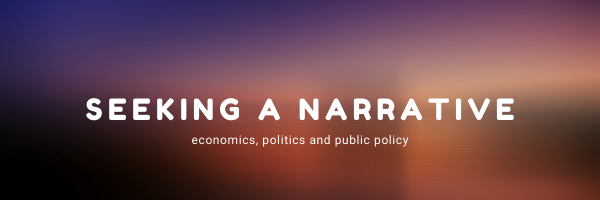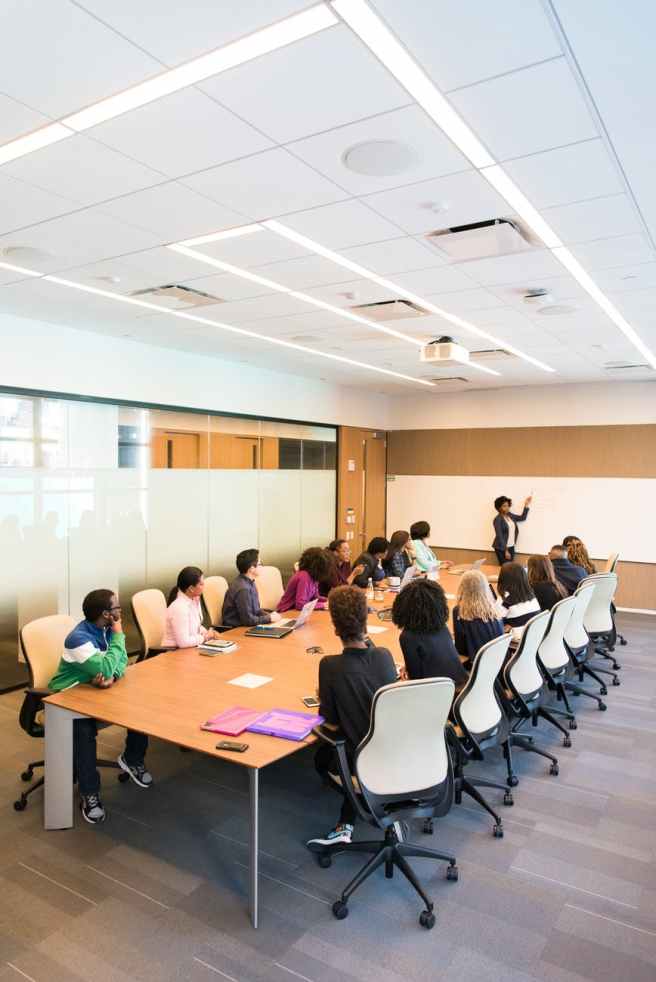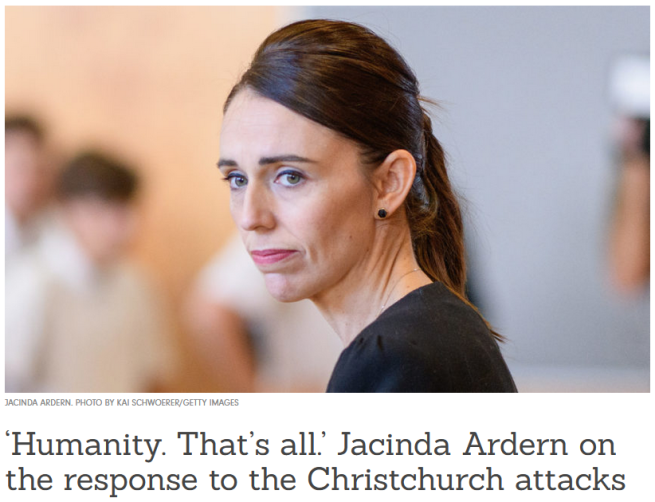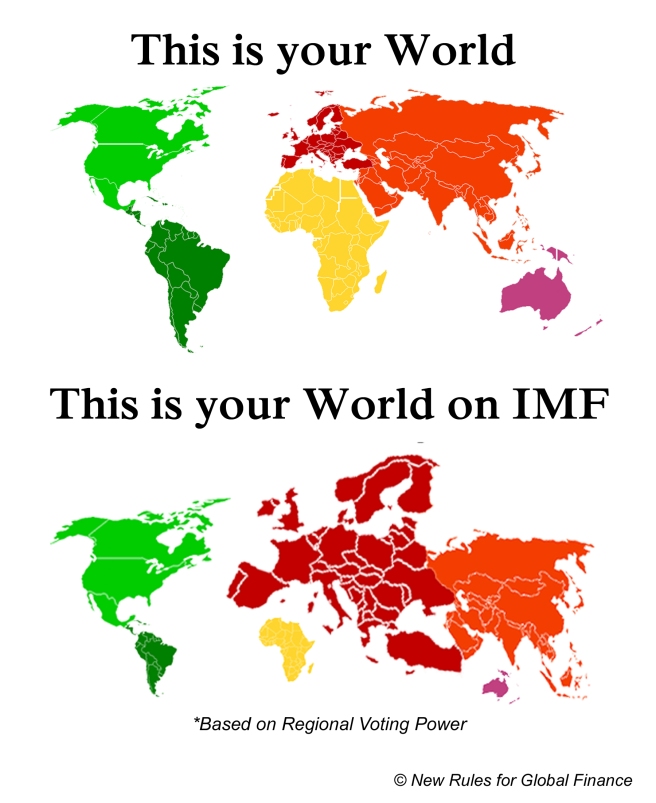I confess I didn’t really know what this word meant until earlier this summer when I heard Dr Rhonda V Sharpe give a (virtual) talk about it. Since then I’ve increasingly come round to its importance for the political and policy research community. In this post I write up what I’ve learned about intersectionality so far.
The idea of ‘intersectionality’ is usually traced back to Professor Kimberlé Crenshaw’s paper of 1989. When we think of discrimination or inequality, we often think of a comparison of outcomes between two or more groups. For example, with race, we might compare educational attainment of whites vs non-whites (or BAME/BME). With gender, you might look at the gender pay gap, comparing the earnings of men and women.
What an intersectional approach tells us is that this traditional form of analysis reduces our identities to a single dimension. We have many facets to our identity: geography, age, gender, race/ethnicity, religion, and so on. If we investigate outcomes through a single lens, that restricts our analysis of actual lived realities of the people we’re studying. What if performance in one outcome isn’t a result of the identity that we’re investigating, but as a result of that identity intersecting with another?
Crenshaw recognised this in light of the liberation movements in the late 20th century USA. Black Americans were calling for greater rights for black people. Women were calling for the advancement of women. Where did black women fit in? It’s not as if a bit of a push for blacks, and a bit of a push for women, would be enough to enable social progress for black women, because their bad experiences weren’t (and aren’t) just the sum total of bad experiences suffered by all women and all black people.
‘Black woman’ is its own distinctive identity. That intersection between race and gender is what Crenshaw recognised. You could go further: young vs old black women, native vs foreign-born, etc.
That seems simple enough to accept; of course we have more than one dimension to our identity. But what does this mean in practice? It can mean that simple, reductive analyses can be replaced with more complex, nuanced analyses that tell us more about actual social experiences and outcomes.
For instance, a report from the Runnymede Trust in 2017 looked at the impacts of post-2010 austerity on BME women. The investigators modelled the impacts of changes to the tax and benefits system, and public services, and both combined. This in itself is not unusual in policy analysis.
Where they go further is in disaggregating the data to look at the impacts by race, gender, income and household type – but not all at the same time, due to data limitations.

Still, they’ve come up with some pretty interesting figures, like the ones in this chart. The accuracy of the numbers per se isn’t as important as the point they’re making. Whilst we know (or could intuitively figure out) that high income households suffered less than low income households, what this brings to light is that the impacts aren’t uniform across races even within income groups.
- In the richest quintile, households across all race categories all saw roughly similar declines in living standards, with a somewhat more pronounced fall for mixed households.
- In the 3rd and 4th quintiles, black and white households seemed to be hit the hardest.
- In the 2nd quintile, Asian households were hit the worst and changes to taxes and benefits affected them more than changes to public services.
- In the poorest quintile, white households saw the smallest decline, and changes to public services affected mixed households the most.
The report authors note this may be down to BME households being more reliant on public services and differences in household composition. The hope is that such analysis enlightens future policy-making when it comes to similar changes to taxes, benefits and public services. They conclude that more data is needed and government ought to conduct this kind of analysis themselves.
What about a more recent crisis – Covid-19? I haven’t yet come across any detailed research and analysis in the UK context but have found a couple of briefings from Professors Olena Hankivsky and Anuj Kapilashrami, two health academics, from this spring.
They urge policymakers to take an intersectional approach to understanding the risks of coronavirus as well as the impacts of lockdown on people around the world. Three main features of an intersectional approach are outlined in their blog for the BMJ.
First, “intersectionality refuses a predetermined hierarchy of vulnerable groups”.
Single-dimensional analysis can tell us that older people are more vulnerable to the virus than younger ones, men more than women, and those with certain pre-existing conditions over others. The logical conclusion seems to be that older men with pre-existing conditions are the single most vulnerable group.
What’s missed is that all people over a certain age are not equally vulnerable, all men are not equally vulnerable over all women, etc.
We know that certain ailments make ethnic minorities more vulnerable than others. We also know that regardless of age, if you lack access to basic amenities such as good housing and sanitation, you are more vulnerable. The transmission of information isn’t neutral either – culturally and linguistically inaccessible information makes certain groups more vulnerable to infection and death.
Secondly, the authors point out that intersectionality necessarily rejects one-size-fits-all analysis and recognises how “a web of intersecting factors” shapes risks and impacts on different people.
The authors highlight how homeless people and low income migrants face particular challenges beyond their demographic characteristics: environments where it’s difficult to maintain recommended hygiene and distancing guidelines. Under lockdown, poorer women, ethnic minorities, and disabled women are less likely to have (access to) support if they are stuck in abusive environments and relationships.
Finally, and somewhat provocatively, intersectionality reveals what the common experiences of different groups can reveal about the social structures that govern society.
The authors note that neoliberal globalisation provoked competition between countries over medical equipment. Within countries, nationalistic impulses led to countries shutting down borders to protect their “natives” from the “others”, prompting the vilification of migrants and ethnic minorities.
I might also add here a bit about the media. In the early stages of lockdown, journalists made much of the shift to remote working and the accompanying challenges. I remember finding this interesting at the time, since it didn’t really apply to a lot of people I know in my own area. Later, official statistics revealed that there was indeed a significant variation in remote working across sections of society: by occupation, region and age.
Vast swathes of the country were still left with little choice but to go outside for income. They faced a starkly different set of experiences and challenges. Yet the journalistic profession, itself dominated by certain intersectional identities, provided a distorted view of reality.
Where does this leave us? Well, the hope is that researchers and analysts involved in policy research engage in more intersectional analysis. For those outside government, like academics and think tankers, its about engaging in analysis that better reflects the objects of study and may lead to better recommendations. Researchers and analysts within government will find a lot of common ground with these motivations.
A more pressing concern for government, however, is that intersectional analysis can enable fairer treatment of all sections of society and policies that recognise and accept the diversity of our identities.
Regardless of whether it’s from government or not, I hope to see more intersectional analysis of social policy in the future and the light it sheds on the experiences of everyone in society.
Sources and Related Reading
- Office for National Statistics publication on working from home: Coronavirus and homeworking in the UK: April 2020
- The Guardian cites figures on the lack of diversity in the media: British journalism is 94% white and 55% male, survey reveals
Intersectionality in Theory
- Prof Kimberlé Crenshaw interview with Vox: The intersectionality wars
- Dr Rhonda Sharpe’s talk that I listened to is unavailable but see this article she wrote on the importance of data disaggregation and intersectional analysis: Disaggregating data by race allows for more accurate research
- Journal article in Feminist Economics providing a deep dive into intersectionality as a research programme: The Complexities and Potential of Theorizing Gender, Caste, Race, and Class
Intersectionality in Practice
- Prof Olena Hankivsky and Prof Anuj Kapilashrami on Covid-19 and Intersectionality
- Runnymede Trust/Women’s Budget Group report on the impact of austerity on BME women: Intersecting Inequalities
- Farrer & Co blog on what intersectionality means for UK employers: Intersectionality: what is it and why does it matter for employers?




